The Vijayanagara Courtly Style: Incorporation and Synthesis in the Royal Architecture of Southern India 15th-17th Centuries
Synopsis
The architecture of the courtly monuments at Vijayanagara and at the later capitals of the Vijayanagara kings at Penukonda and Chandragiri is a distinctive blend of indigenous southern Indian features and imported Islamic styled elements derived from the Bahmani traditions of the Deccan. This volume sets out to provide the Vijayanagara period courtly monuments with a complete description, and a full set of photographs accompanies the text.
28.80
25.92
$
32.00 $
Free delivery Wolrdwidе in 10-18 days
Ships in 1-2 days from New Delhi
Membership for 1 Year $35.00
Get it now and save 10%
Get it now and save 10%
BECOME A MEMBER


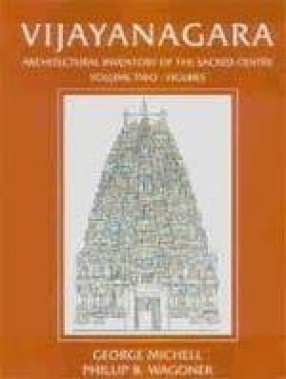
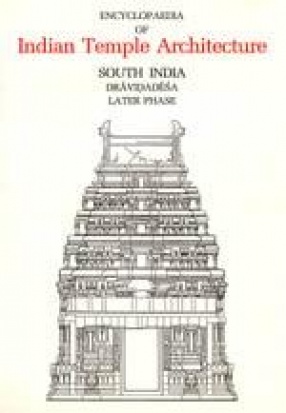
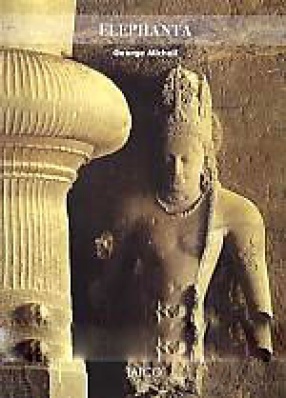
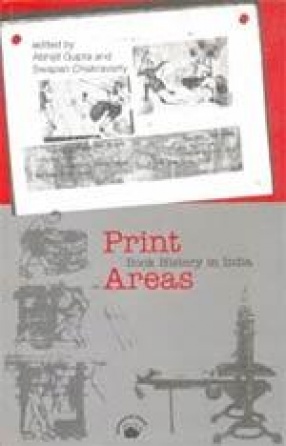
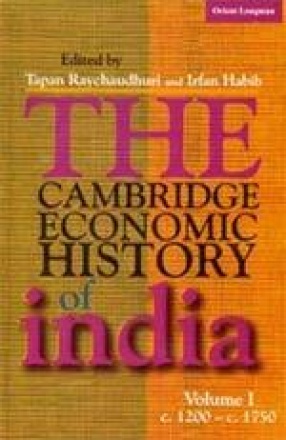
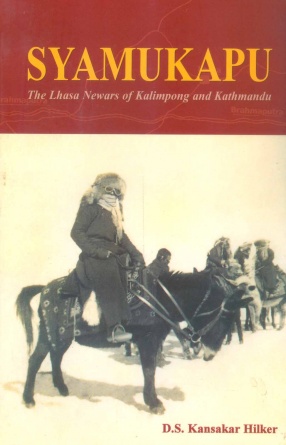

Bibliographic information